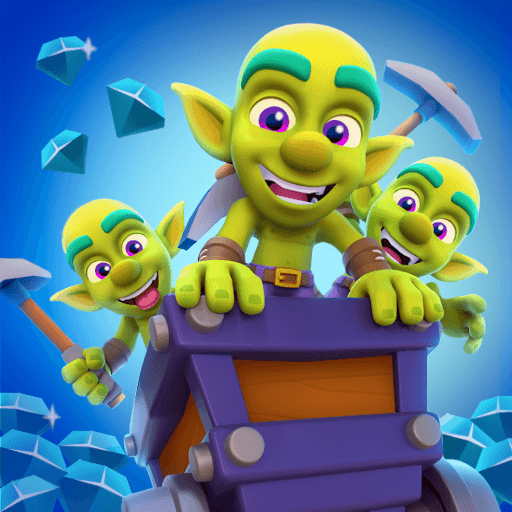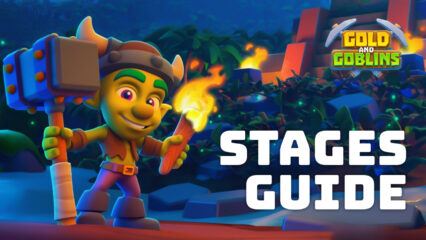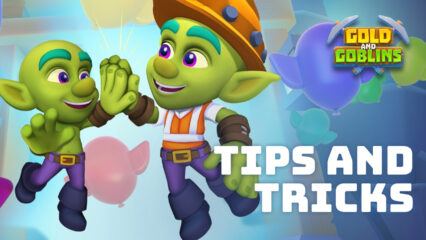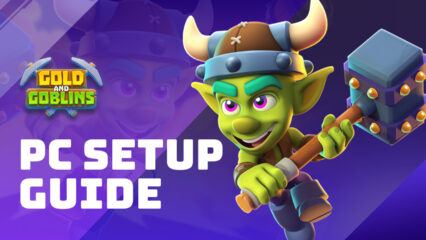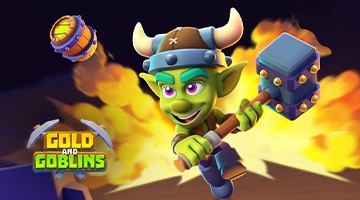BlueStacks' Beginners Guide to Playing Gold & Goblins
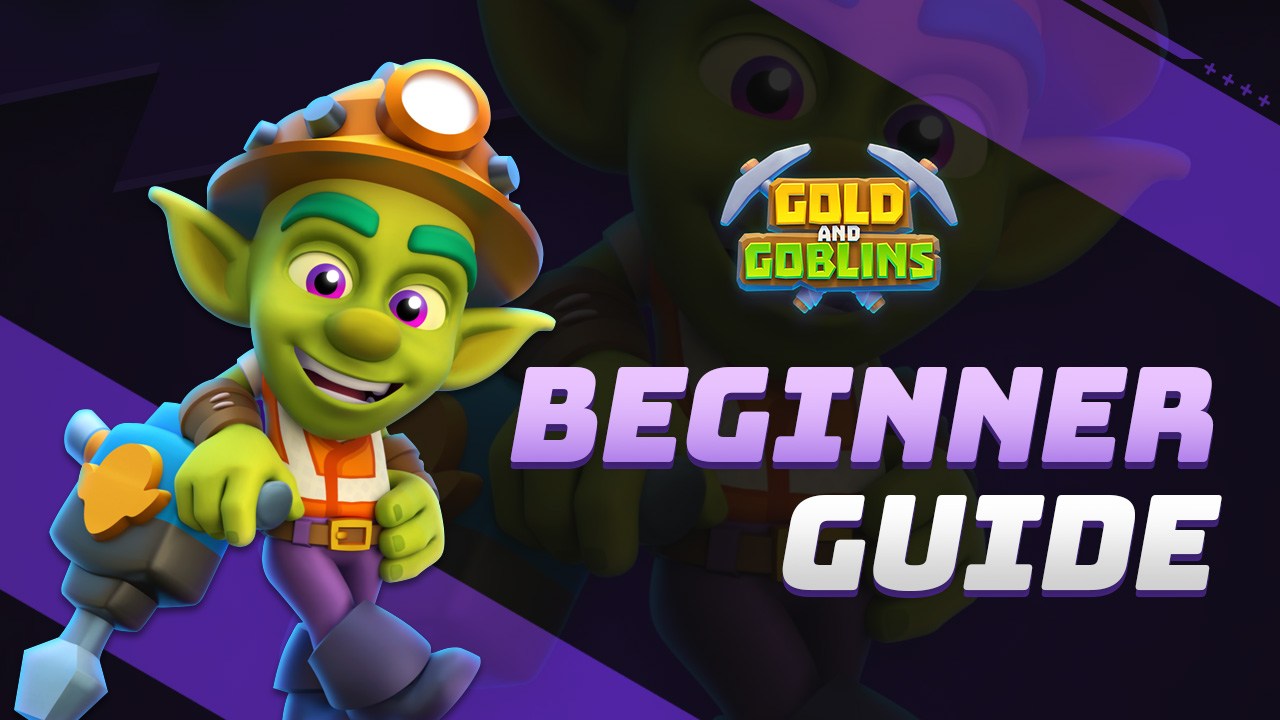
The moment you play Gold & Goblins, you get introduced to a very simple game with a straightforward goal. Players get into the title with very few expectations despite the game offering so many fun gameplay mechanics that tests the player’s skills. That’s why we’ll be making this beginner’s guide to help players get a better idea of what they need to do when playing the game so that they’ll be able to maximize their efficiency and understand what they can work upon while starting out.
Table of Contents
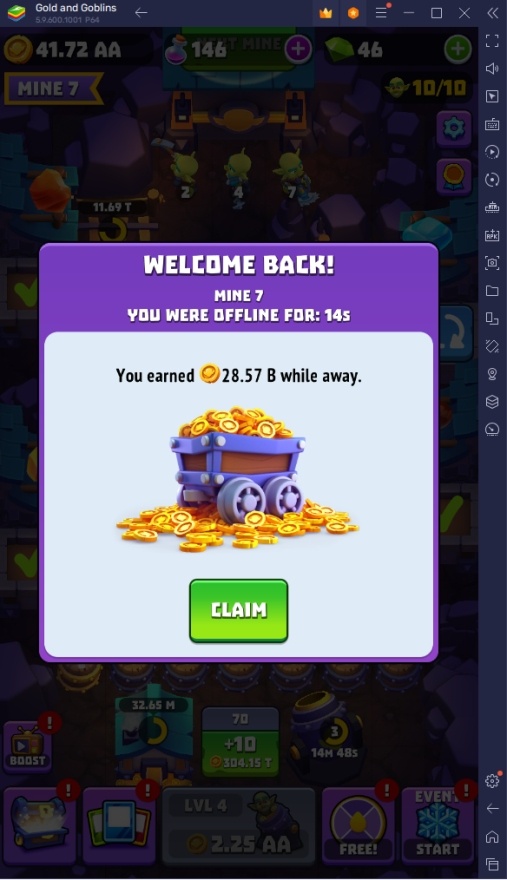
Gold & Goblins is a fun idle game that players with very little free time can enjoy because it doesn’t offer a lot of distractions in terms of gameplay. It is the type of game that rewards players who take long breaks, but players who like to actively play are greatly favored in terms of progression. Remember to install Gold & Goblins on BlueStacks to maximize your gameplay, giving you an easier time applying all of our tips in this beginner’s guide to your hands-on experience.
Mining & Production
Mining is the main mechanic of Gold & Goblins. The game revolves around sending workers to break nodes to discover various treasures such as gold, gems, and upgrade materials that’ll make your progression easier over time. Each node is labeled with a specific number, meaning you’ll need to send a worker with the same level or higher to efficiently mine that node. The higher the worker’s level is when working on a node, the shorter the wait time will be so players can get their rewards faster. Players can also send multiple workers to mine a node faster.
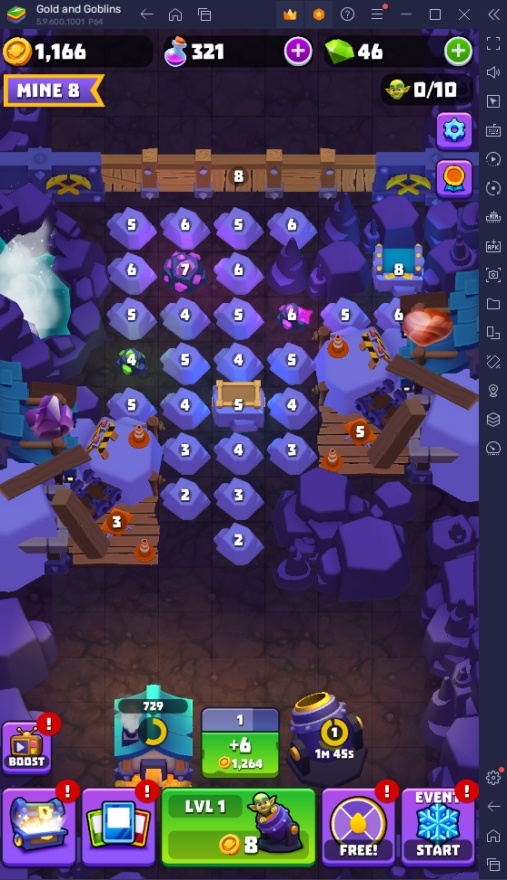
Production is a different way to acquire gold in this game. Each mine includes a production building that players can repair (a primary building is included when you start the game) by sending a goblin to work on it. Once the production building is repaired, it will yield a specific amount of gold periodically. Players can upgrade the structure to increase the gold value it sends the player. Keep in mind that the production reward needs to be manually collected unless the player activates auto-collection by upgrading the structure.
Goblin Workers
Goblin workers are the primary units of the game. They can be acquired by purchasing them from the interface, starting with Level 1 goblin miners. Every time you purchase a goblin, the cost to purchase the next one will increase significantly, making it more difficult to simply purchase an army of workers to clear out the mine. Eventually, the player is capped out at purchasing goblins because they won’t be able to easily afford another worker until they earn more gold.
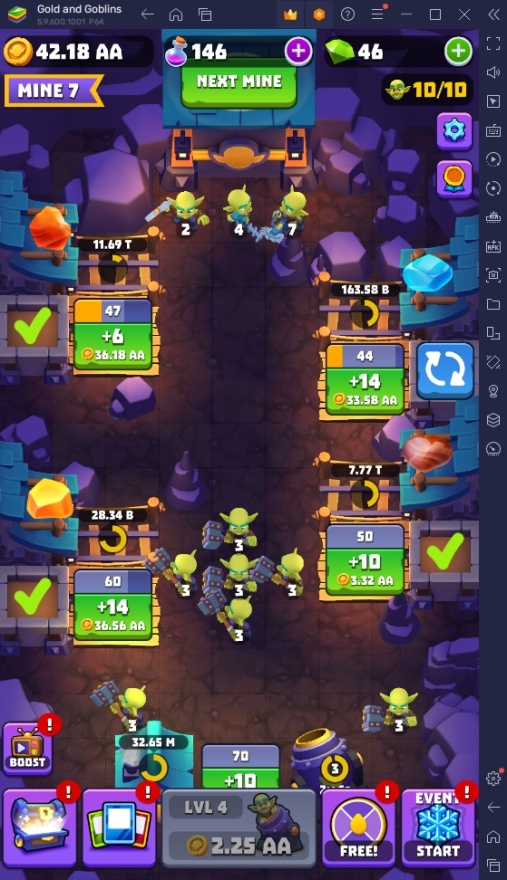
Goblins begin at Level 1 and can be leveled up by fusing it with a unit of the same level. This means that two Level 2 goblins will create a Level 3 goblin and so on. Higher-level goblins work more efficiently and reduce the work time to collect a node or repair a structure. Since the space in the mine is fairly limited, it’s more efficient to fuse your goblins together, leaving only 2-3 workers active at the same time so that they don’t overcrowd the mine and end up doing nothing while your other workers do the hard work.
Upgrade Cards
Cards can be collected by opening chests or repairing structures. These cards are lined to specific structures, meaning that upgrading them will allow you to unlock certain features in a structure once you meet the criteria for doing so. The cards have specific effects depending on the stage you are currently mining. Keep in mind that card progress does not reset when you proceed to the next mine but the requirement for the next stage will always force you to unlock the next level.
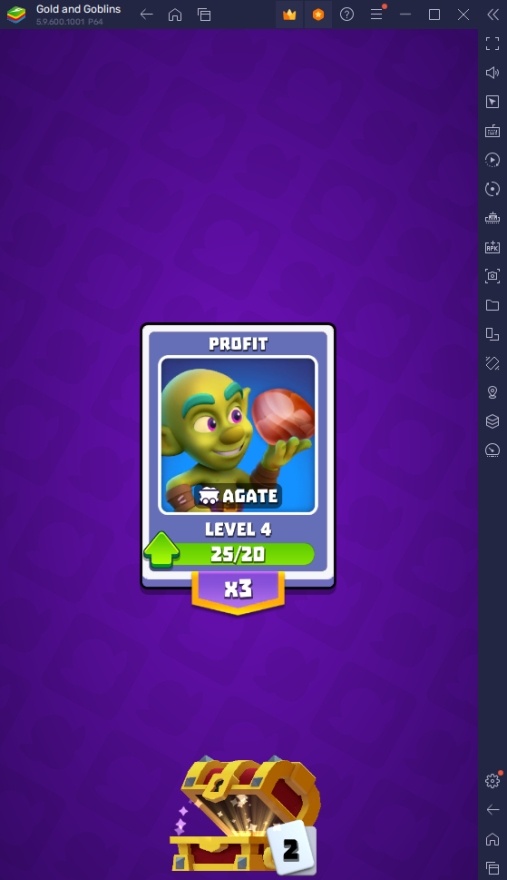
The most common use of cards is the unlock auto-collect feature in your production structures. There are some cards that increase the profit value of your base structures, which you should definitely unlock so that you’ll have an easier time at the next level. While the game makes it look like you get random cards per level, it seems like the cards that you get are fixed so you won’t have any problem acquiring the stuff you need as long as you mine nodes diligently.
Game Currency
The game has three currencies: gold, gems, and elixirs. Gold is the standard currency that is used to purchase workers and upgrade your structures. This resource can be acquired by mining nodes, completing tasks, and through production buildings. Gems are the premium resource in the game which have a small chance of being acquired from treasure chests and nodes but can be purchased directly in the shop using real money.
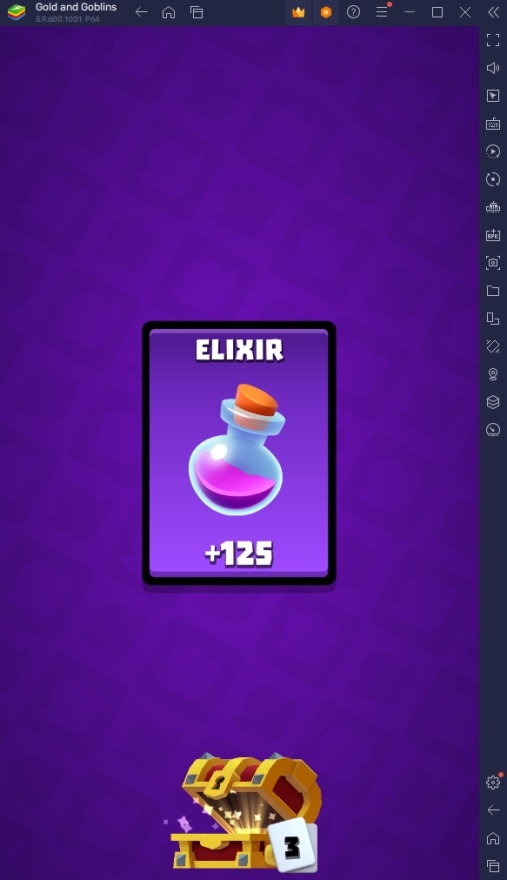
The final resource in this game is elixirs. This resource is usually only used to upgrade your cards. The three currencies are all important and have specific uses that will help the player progress through the game more efficiently. While F2P users don’t necessarily have to worry about the premium content since there is no competitive factor to the game, gems do make your life a lot easier so it’s a good idea to collect whatever you can and save it for something you want.
Mine Stages
The game’s progression system uses mine levels as difficulties. Players can clear a mine by reaching the exit and breaking it open using their workers. It’s not necessary for the player to clear out all of the nodes and repair all of the structures before they proceed to the next level but it is absolutely recommended that you do so because you’ll end up skipping out on important treasures like goblin cards that are necessary for upgrading structures in the future.
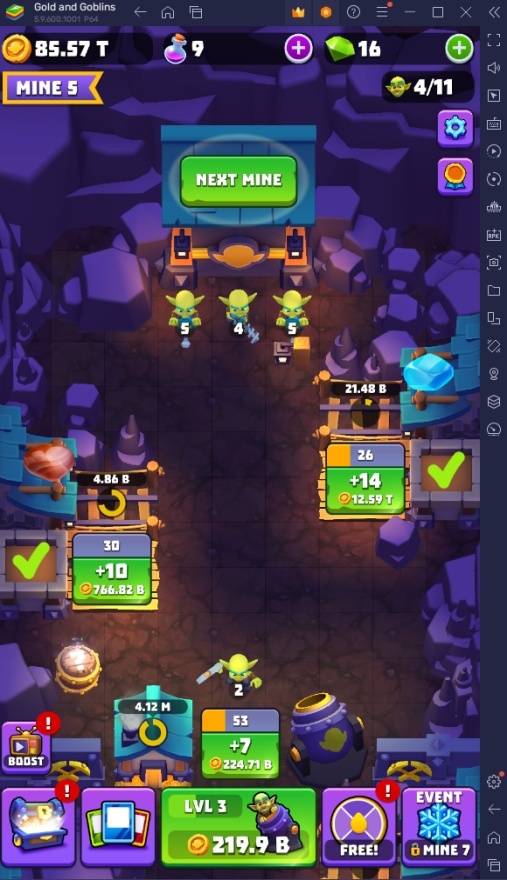
Each mine level becomes increasingly difficult as you dive deeper into the lower stages. The game doesn’t really have a “fail” mechanic since players will always be able to proceed to the next level as long as they wait long enough to upgrade their units. The best tip that we can give you is to always try to clear out all of the mine stages before proceeding to the next level.

